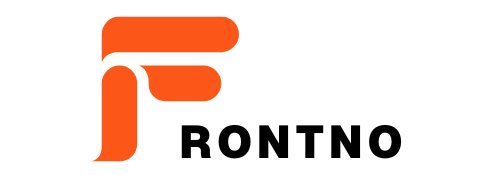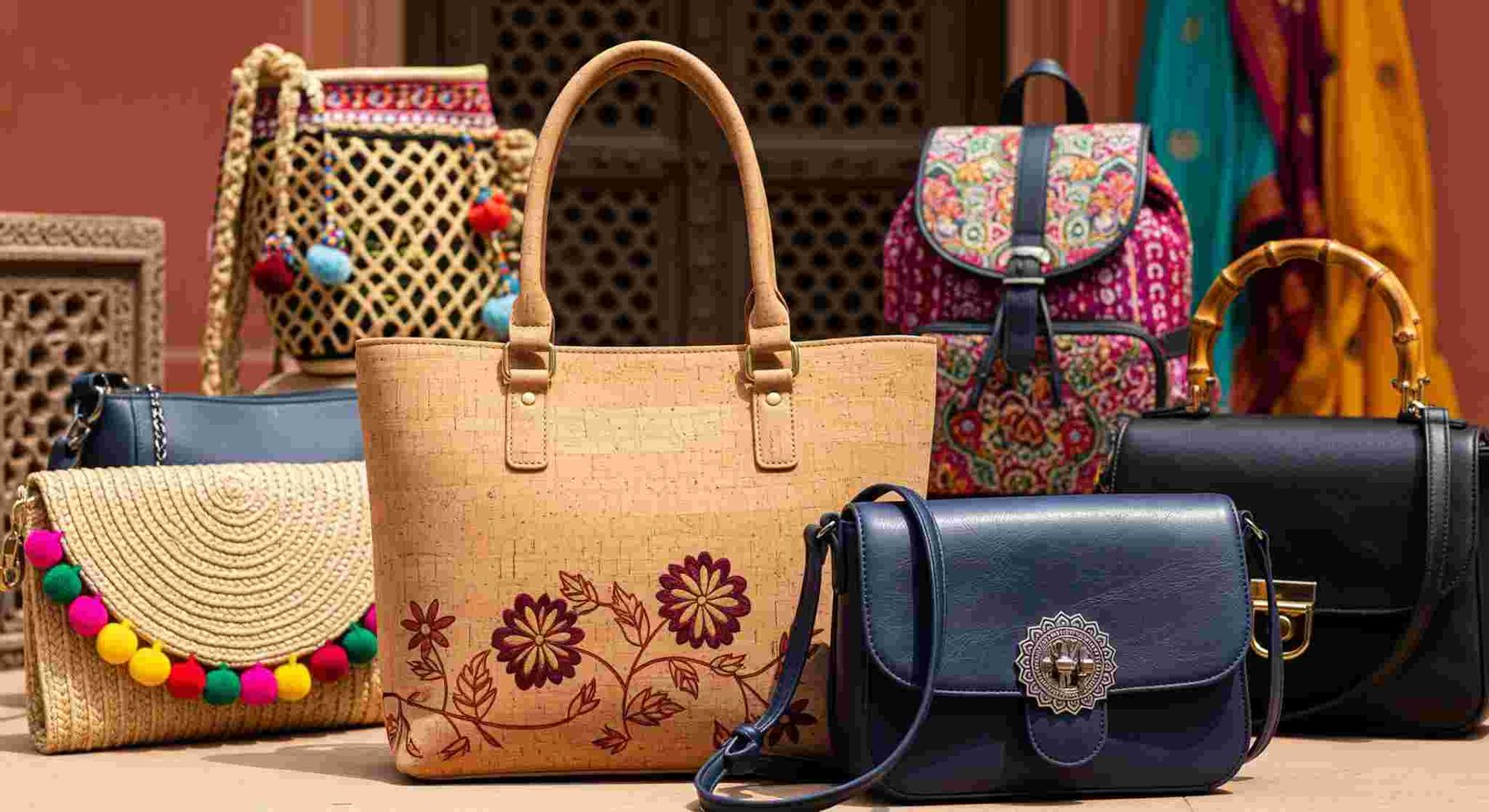As a future fashion designer, you could find yourself fantasizing about the moment you see one of your designs lit under runway illumination. But first, you have to know the process it takes to get to that ideal in your job in fashion design.
Pursuing a degree in fashion design can help you master the fashion design process in more depth, from fashion sketching skills to fashion portfolio creation. Discover what reaching your fashion design from fashion designing college in Jaipur objectives can look like below.
Foundation – Beginning With Sketches
Starting with a sketchpad and a pencil or with the latest computer-aided design (CAD) software, the fashion design process begins not with fabric shears and a sewing machine. Learning how to generate coherent and flexible fashion drawings and honing your fashion illustration techniques will help you lay a solid basis from which to launch your career in fashion design.
Acquiring Fundamentals in Fashion Illustration
Fashion design students using fashion illustration and sketching approaches engage in more than just honing their drawing and illustration abilities. Research reported in the International Journal of Novel Research and Development indicates that fashion illustration for beginners calls for designers to not only show silhouettes for specific pieces but also be able to faithfully depict the movement and draping of fabric in their illustration.
Comprehending Textiles and Fabrics
Developing thorough knowledge of the most often used materials and textiles will help you to produce a coherent and accurate fashion design drawing. These sketching approaches should be considered when working with typical fashion design materials and textiles:
For fashion illustration drawings with velvet, outline with a marker and then copy the fabric pile with chalk.
Create the basis using a marker pen and accentuate the shine of the satin cloth with a fine-tipped marker for images including satin fabric.
If you want images with delicate lace fabric, you may have to pay for bespoke stamps outlining the lace’s pattern.
Creating Design Ideas
Early on in the fashion design process, when they start to shape concepts for their collections, fashion designers sometimes go outdoors for inspiration. From one fashion designer to the next, the design idea generation process is somewhat erratic. Finding a primary subject and then running it over the whole collection is the essence of idea development.
Ideas for Collections
Research appearing in the International Journal of Fashion Design Technology and Education indicates that designers of fashion often get great inspiration for their designs from visual aspects. Think about a single source of inspiration when you start sketching for your portfolio of fashion designs and build a whole collection around one idea. Although the inspiration source may appear little and unimportant on the surface, picking the correct idea on which to build your collection will enable you to produce an advanced, varied collection, including many components.
Trial and Draping
You will have to start concentrating on fabric manipulation and draping methods when you have finished your first sketches and begun investigating the topic for your collection. Manikins for Textile Evaluation defines garment draping as the method of fabric performance testing on a mannequin in a real-world environment. This method is very important in establishing the appearance and feel of the finished product as fashion designers utilize draping techniques to assess the performance of the fabric and ascertain if it is a suitable fit for the design.
From Sketching To Sewing Machine, Technical Skills
Although your path in fashion design starts with acquiring the creative ability needed to create the top fashion sketching approaches, you have to broaden your information and pay more attention to technical skill development. Though artistry and creativity centre the fashion design sector, it is a highly complex, technological area needing a basic set of 21st-century abilities. Research reported in the International Journal of Humanities, Arts, Medicine and Sciences indicates that the technical skills required to succeed in fashion design include fashion illustration, couture sewing techniques, and computer skills, allowing designers to become proficient in the leading design software.
Pattern Making
Many professionals in the business see the most important element of fashion design as the pattern-making process. Research reported in the International Journal of Engineering and Advanced Technology indicates that the pattern-making process consists of:
- Beginning the garment with a simple pattern as a basis. Customizing the pattern will help it to match its style and vibe.
- After the first design has been developed, construct a bodice block—or top section of the garment.
- Assessing pattern performance on a body using draping methods.
- Perfecting the design for the person by use of flat pattern-making approaches and customising the template for a broad spectrum of customers using CAD tools
Sewing Methods and Clothing Construction
The fashion designer may start building the garment after the pattern has been produced and polished throughout the process of pattern-making. Working with premium and special materials, fashion designers often have to use couture stitching methods to preserve the integrity of the fabric and guarantee the garment will run as planned on the runway. Modern couture sewing methods are required to realize the designer’s idea for the garment.
Ready for the Runway?
It’s time to start getting ready for the runway after you have the clothing developed and produced for your line of business. This is the time for fashion designers to present their creations and a perfect starting point for the fashion business networking process.
You will have to make your schedule and decide on the speed that fits you when you start getting ready for the runway. Though it might be a busy period in the fashion design process, this is also among the most exhilarating times.
Conclusion
Before you start choosing models and getting ready for the runway, you will want to finish your collection. Choose those from your collection that will fit your models, reflect your thoughts as a fashion designer, and highlight the inspiration for the design concept as you consider the spectrum of clothing in your collection. Order any accessories needed for the final design so that you have all the components ready for the runway presentation once you know which outfit you will be wearing. For more details contact with fashion designing colleges in Jaipur.



